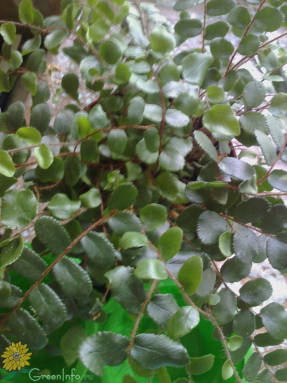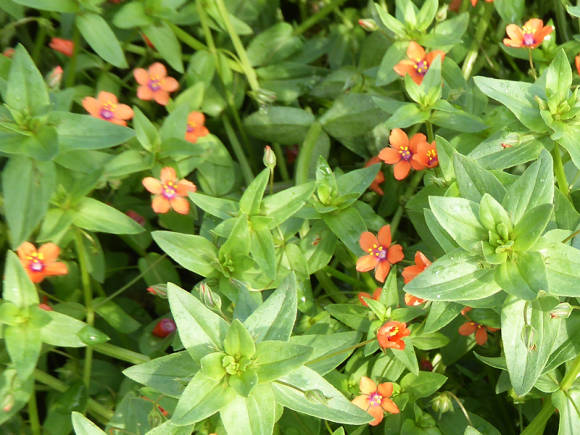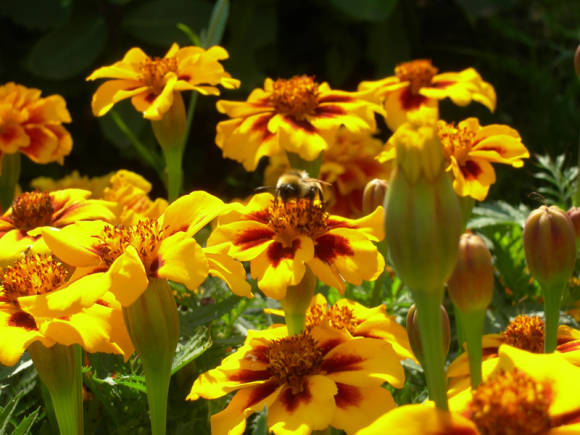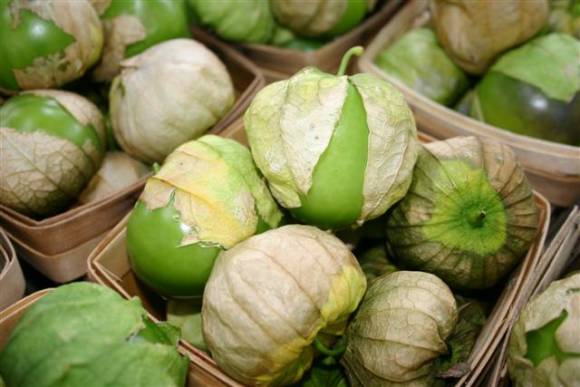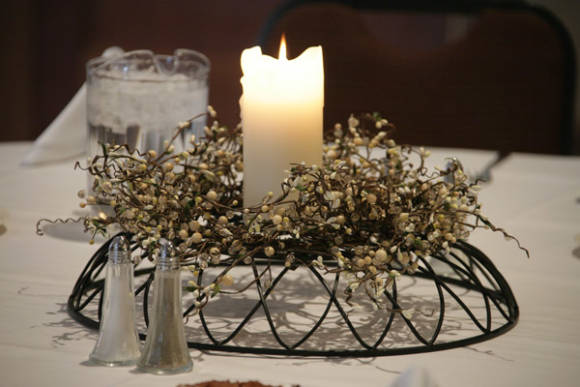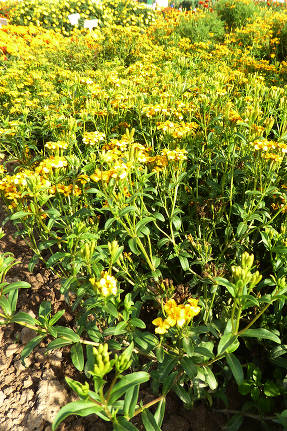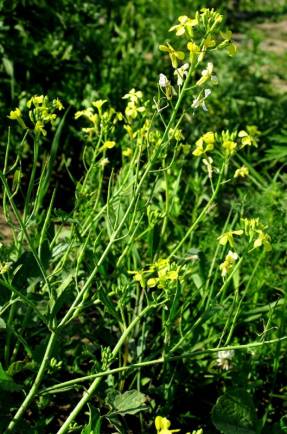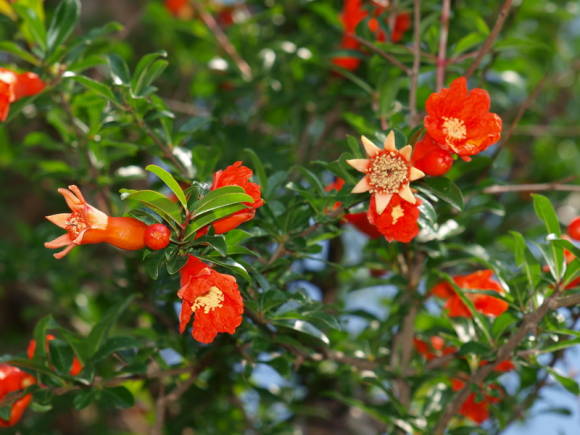
Rosehip is a unique crop, it is characterized by high winter hardiness, resistance to excess moisture and droughts, to many diseases and pests. Rosehips are a whole storehouse of vitamins, in addition to biologically active substances, they contain sugars and acids, tannins and anthocyanins, pectin and, of course, a huge amount of ascorbic acid. According to this indicator (over 3500 mg%), rose hips are second only to actinidia, but they leave far behind all other crops. Consuming rose hips or their processed products, we enrich our body with the much needed vitamin P, and inhaling the aroma of flowers - also phytoncides that cleanse our lungs. Rosehip scent is one of the most harmonious scents on the planet.
It seems strange, but thousands of years ago, much more was known about the value of the rosehip than now. In the deep ancient centuries, hundreds of years BC, there was already a detailed description of the rosehip culture, so true that it is still relevant today.
Rosehip was also cultivated in Russia. At the behest of the great "joker" Ivan the Terrible, who adored novelties and curiosities, he was planted in his garden "for the delight of the eyes and amusement."
Nowadays, the lot of the dog rose is an impassable hedge, a protective strip, or a chic and frost-resistant rootstock for roses.
Botanical portrait
Rosehip belongs to the most luxurious genus - Rose (Rosa), - and is a loyal subject of the Rosaceae family. There are a lot of wild rose species - more than six dozen, they are scattered over the territory of mixed and deciduous forests, form impassable thickets on the edges, occupy well-lit meadows, quickly inhabit glades and slopes of any steepness. Of this wide variety of species in culture, only two are currently widespread - rose cinnamon (Rosa cinnamomea) and rose wrinkled (Rosa rugosa), although I also participated in crosses rose webb (Rosa webbiana).
Rose cinnamon (Rosa cinnamomea) more widespread in the non-chernozem zone, in natural conditions it is found in Siberia, the Urals and the Volga region. This is a medium-height shrub, on good soil, reaching a height of 1.5-2 meters, having rather long, arcuate curved shoots with rare but powerful thorns. The leaves are quite typical, but the flowers are very attractive - they have a dark red or pinkish color and sometimes gather in inflorescences of 2-3 pieces, but more often they are located separately. The flowers have a pleasant aroma, blooming in June, pleasing to the eye for about a week. An adult bush, due to the fact that the fruits are quite small, can yield a crop within two kilograms.
 |  |
Rose wrinkled (Rosa rugosa) not less common, maybe more. In nature, vast, impassable thickets can be found in the Far East. This type of rosehip was previously used as a decoration - in parks, squares, and just near fences and gates, one could see a large number of chic bushes. Nowadays, it is almost never used in green building. Perhaps this is due to the fact that the culture is very traumatic. The shoots are literally riddled with the sharpest thorns, they can be very seriously injured. However, if you ignore the presence of thorns and treat the plant with caution and care, then it will reward you with unusually large and bright flowers, the aroma of which, thanks to the repaired species, will surround you all summer. And the harvest of a wrinkled rose bush will give a much greater - about five, and on good fertile soils and six kilograms of large, fleshy fruits. The only thing that can cause inconvenience is the too prolonged harvesting period - about a month, and the fact that this species is quite strongly affected by the rose fly, which renders ripe fruits completely unusable and destroys up to 100% of the harvest.
Both types of rose hips, despite all the differences, have a lot in common - they are highly winter-hardy, photophilous and drought-resistant. The soil and the wrinkled rose, and the cinnamon rose, like highly fertile, loose and well-drained. On poor soils, rosehip growth will slow down greatly, flowering will be short and not so plentiful, and the yield will be mediocre. Similar signs will be observed when growing rose hips in lowlands and in swampy areas.
The undoubted advantages of the dog rose include the fact that it is unusually fast-growing. The first, of course, is small, you will receive a harvest already in the 2nd year of the plant's life, and it will reach its maximum size by the 6-year-old age of the seedling.
On nutritious soils and with good care, rose hips of any variety will delight with the beauty of their buds, aroma and yield of vitamin fruits for more than twenty years.
Rosehip varieties
Naturally, such a useful culture could not escape the fate of being involved in the breeding process. In the hope of creating an ideal variety, breeders selected plants with the most necessary traits for a person - large fruits, a minimum of annoying seeds, a high content of vitamins, little or no shoots. Alas, until now such a variety has not been created, but there are a considerable number of excellent cultivars that have proven themselves well both in home gardening and in ornamental gardening.
These varieties can be roughly ranked into three categories:
- thin-walled,
- middle wall,
- thick-walled.
The first group includes plants with solid growth, small sparse thorns, medium-sized flowers and vitamin fruits of a small mass, just ideal for drying.
The second group included plants with an average height, more attractive flowers with a pleasant aroma, larger and more frequent thorns on the shoots, as well as fruits that can already be consumed fresh, because they have an order of magnitude more pulp.
The third group is low-growing plants with gorgeous flowers, not inferior to cultivated roses, thinning a pleasant aroma, and large fruits, like small apples, juicy and pleasant to the taste. These fruits are used to make jam and juice, but they are not at all suitable for drying and are stored for only a couple of days.
All the obtained rosehip varieties, and there are more than 35 of them in the State Register at the moment, are in great demand among amateur gardeners. We will focus on the most interesting and new varieties of rose hips, highlight those that are suitable only for hedges, talk about the record holders for the content of ascorbic acid, about medium-wall and thick-walled varieties from which real jam can be made. And, of course, about the varieties that go for drying - thin-walled, which can be used in winter as a healing tea.
So let's talk about thin meat varieties, about the record holders for the content of ascorbic acid, these are: Vitamin VNIVI, Vorontsovsky 3 and Russian 1. Usually, the fruits of these varieties weigh very little, but they go well for drying and then excellent vitamin teas are prepared from them due to the huge content of vitamin C.
 |  |
 |  |
- Vitamin VNIVI - early ripeness, very winter-hardy, resistant to pathogens, yields more than 2 kg of fruits per plant, is characterized by universal use. The plant itself is sprawling, grows quickly and requires annual cleaning of the crown by removing thickening shoots. Berries rarely exceed 2 g, they are round-oval, collected in clusters with up to five fruits, have an orange-red color and a sweet and sour taste. Berries sometimes contain more than 4500 mg% of ascorbic acid.

- Vorontsovsky 3 - the ripeness period is early-middle, very winter-hardy, resistant to pathogens, gives more than 2 kg per plant, is characterized by universal use. The plant itself is slightly spreading, grows quickly and requires annual cleaning of the crown by removing thickening shoots. There are thorns at the bottom of the shoots.The flowers are pale pink. Berries rarely exceed 2 g, they are ovoid, collected in clusters, numbering up to three fruits, have a scarlet color and sweet and sour taste. In years, sometimes more than 4400 mg% of ascorbic acid.
- Russian 1 - the ripeness period is average, very winter-hardy, resistant to pathogens, gives more than a kilogram of fruits per plant, is characterized by universal use. The plant itself is slightly spreading, grows quickly and requires annual cleaning of the crown by removing thickening shoots in February. There are thorns only at the bottom of the shoots. The flowers are pink, they smell. The berries rarely exceed two grams, they are spherical, collected in a cluster of up to four fruits, and are pink in color. The fruits sometimes contain more than 4200 mg% of ascorbic acid.
Medium meat varieties, whose mass is not more than 3.0 g, these are: Crimson, Rukh and Shpil, such varieties are also permissible to dry, but at a higher temperature, otherwise they are simply boiled. The pulp is often simply eaten raw, choosing sharp needles from the middle, or being processed for the sake of producing expensive rosehip syrup.
 |  |
- Scarlet - the ripeness period is average, very winter-hardy, resistant to pathogens, yields more than 1 kg of fruits per plant, is characterized by universal use. The plant itself is slightly spreading and medium-sized, grows quickly and requires annual cleaning of the crown by removing thickening shoots bent deep into the crown. There are thorns at the bottom of the shoots, they are short. The flowers are pink, they smell. Berries weighing rarely less than 3 g, they are pear-shaped, collected in a cluster of up to two fruits, have a scarlet color. In some years, they sometimes contain more than 850 mg% of ascorbic acid.
- Roc - the ripeness period is late, very winter-hardy, resistant to pathogens, yields more than a kilogram of fruits per plant, is characterized by universal use, but requires pollinating varieties. The plant itself is slightly spreading and medium-sized, grows quickly and requires annual cleaning of the crown by removing thickening shoots bent deep into the crown. There are thorns along the entire length of the shoots, they are short. The flowers are pink, they smell. Berries are rarely less than 3 g, they are elongated, collected in a cluster, numbering up to two fruits, have an orange color. Sometimes they contain more than 1020 mg% ascorbic acid.

- Spire - the ripeness period is average, very winter-hardy, resistant to pathogens, yields more than 2 kg of fruits per plant, is characterized by universal use, but requires pollinating varieties. The plant itself is slightly spreading and medium-sized, grows quickly and requires annual cleaning of the crown by removing thickening, bent into the crown, brownish-reddish shoots. Thorns are only on the bottom of the shoots, they are thin. The flowers are pink, they smell. Berries rarely weigh less than 3 g, elongated, collected in clusters, numbering up to two fruits, have an orange color. In years, sometimes more than 520 mg% of ascorbic acid.
Fat varieties, whose mass often exceeds 10 g, these are: Geisha, Hedgehog and Michurinsky Yubileiny. The fruits of such varieties are often simply eaten fresh, the plants themselves bloom for a very long time, sometimes before the first frost, so they look attractive. The fruit also makes an excellent rosehip syrup, but they are completely unsuitable for drying.
 |  |
- Geisha - the ripeness period is average, very winter-hardy, resistant to pathogens, gives more than 5 kg per plant, is characterized by universal use, but requires pollinating varieties. The plant itself is medium-spreading and medium-sized, grows quickly and requires annual cleaning of the crown by removing thickening, light-greenish shoots bent deep into the crown. There are a lot of thorns, like needles, they cover all the shoots from top to bottom. Leaf blades are medium in size, dark greenish. The flowers are bright pink, they smell very nice all summer. Berries rarely weigh less than 11.5 g, flattened-spherical, collected in a cluster of up to two fruits, have a scarlet color. The taste of the fruit is pleasant. Berries sometimes contain more than 806.4 mg% of ascorbic acid.
- Hedgehog - the ripeness period is average, very winter-hardy, resistant to pathogens, gives more than 6 kg per plant, is characterized by universal use. The plant itself is medium spreading, it requires annual cleaning of the crown by removing thickening, straight, but often growing deeper into the crown, light-greenish shoots. There are a lot of thorns, they, like fangs, cover all the shoots from top to bottom. The leaf blades are medium in size, dark greenish, oval in shape. The flowers are scarlet, they smell very pleasant all summer. The berries rarely weigh less than 11.0 g, they are flattened-spherical, collected in clusters, numbering up to two fruits, have a scarlet color. The taste of the fruit is pleasant. Berries sometimes contain more than 1261.1 mg% of ascorbic acid.
- Michurinsky Jubilee - the ripeness period is average, very winter-hardy, resistant to pathogens, gives more than 5 kg per plant, is characterized by universal use. The plant itself is moderately spreading, requires annual cleaning of the crown by removing thickening, straight, but often growing deep into the crown, light-greenish shoots. There are a lot of thorns, covering all shoots from top to bottom. Leaf blades are small, greenish. Flowers - attention - snow-white, smell very nice all summer long. Berries rarely weigh less than 10.0 g, flattened-spherical, collected in clusters, numbering up to two fruits, have a scarlet color and thick skin. The taste of the fruit is pleasant. Berries sometimes contain more than 869.8 mg% of ascorbic acid.

Read also
- Rosehip - a miracle of nature
- Picking up the area with useful rose hips
- Rosehip: medicinal use
